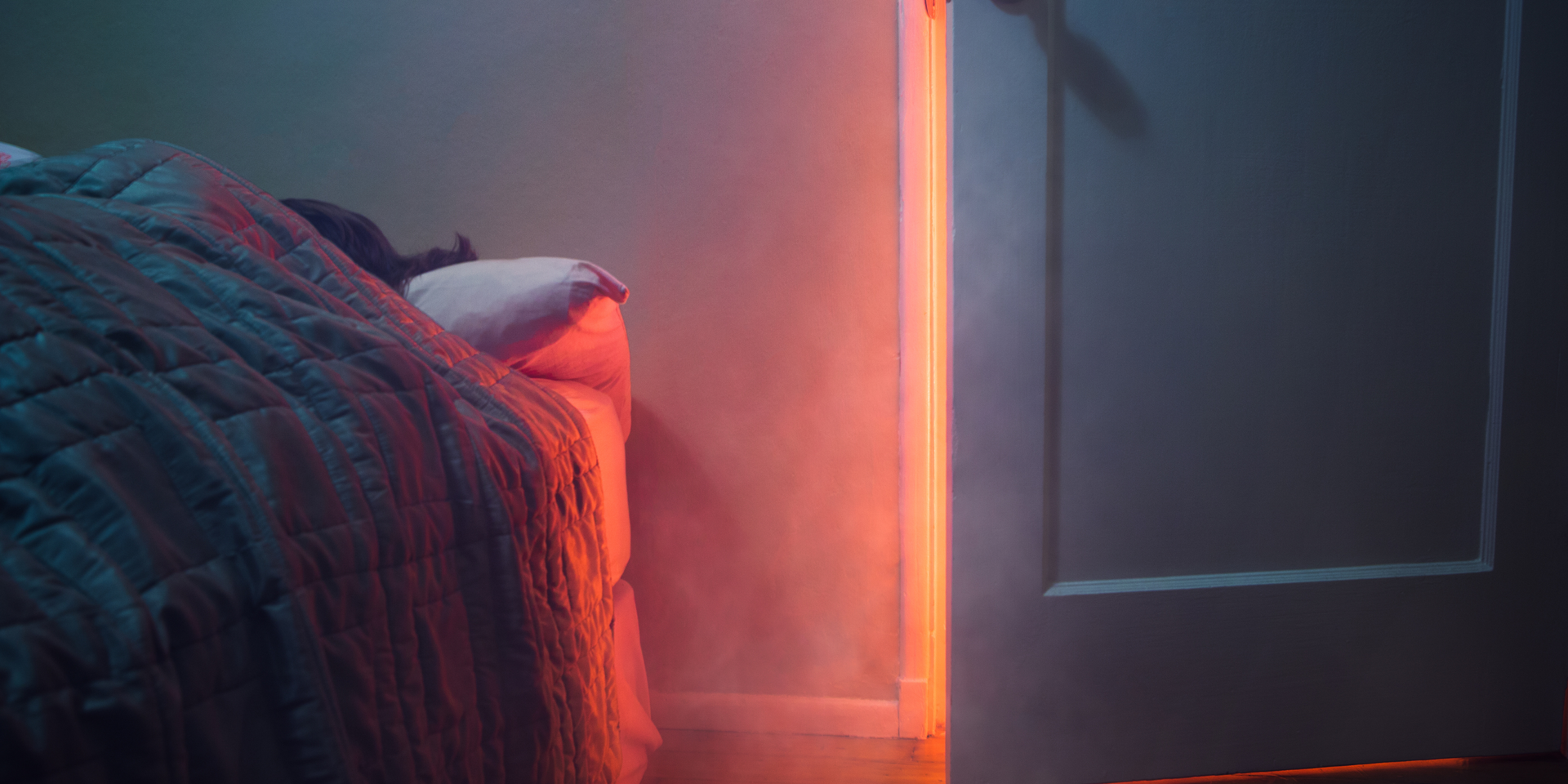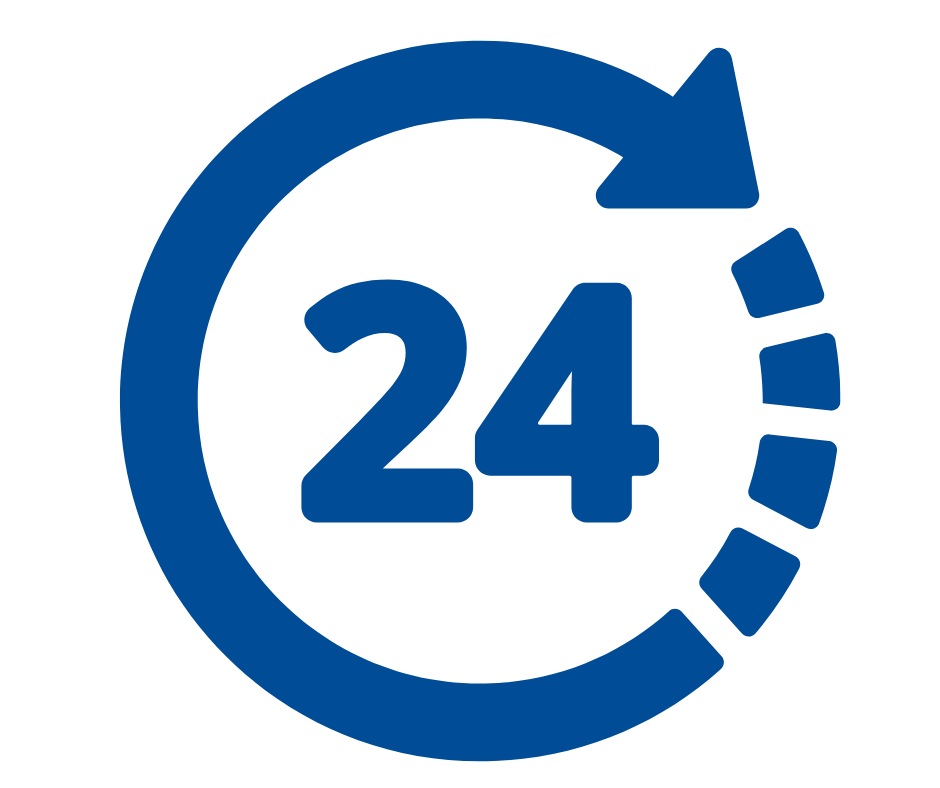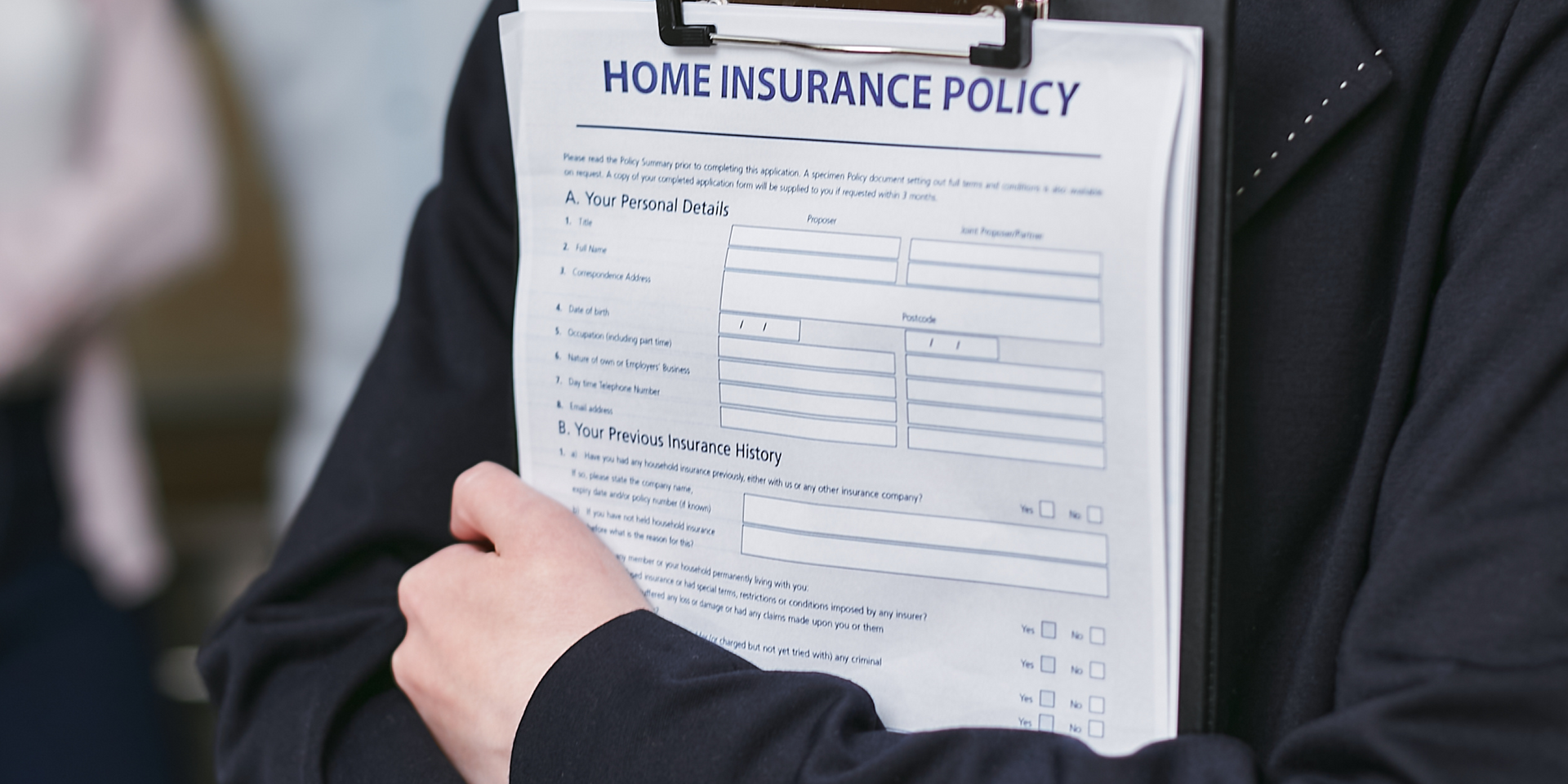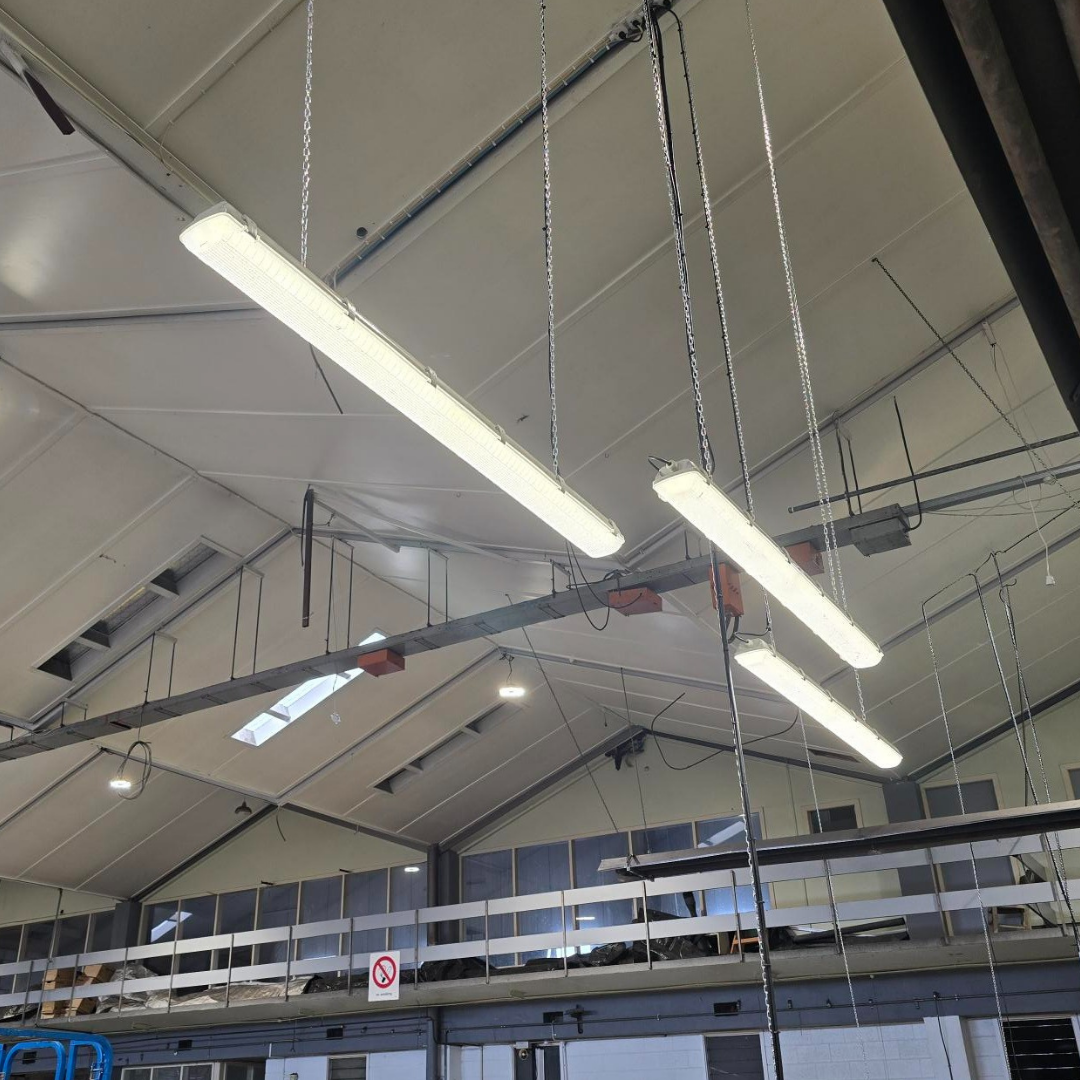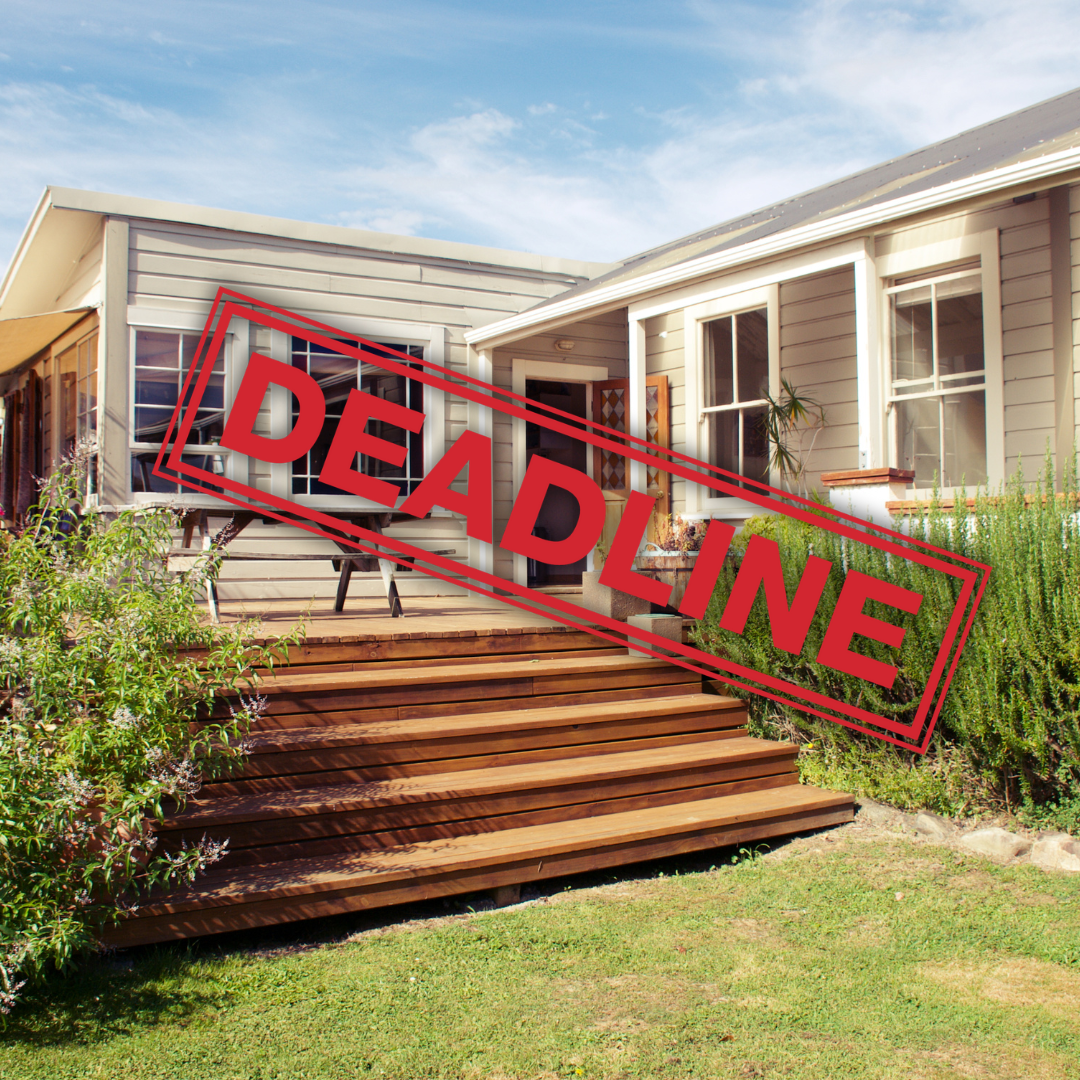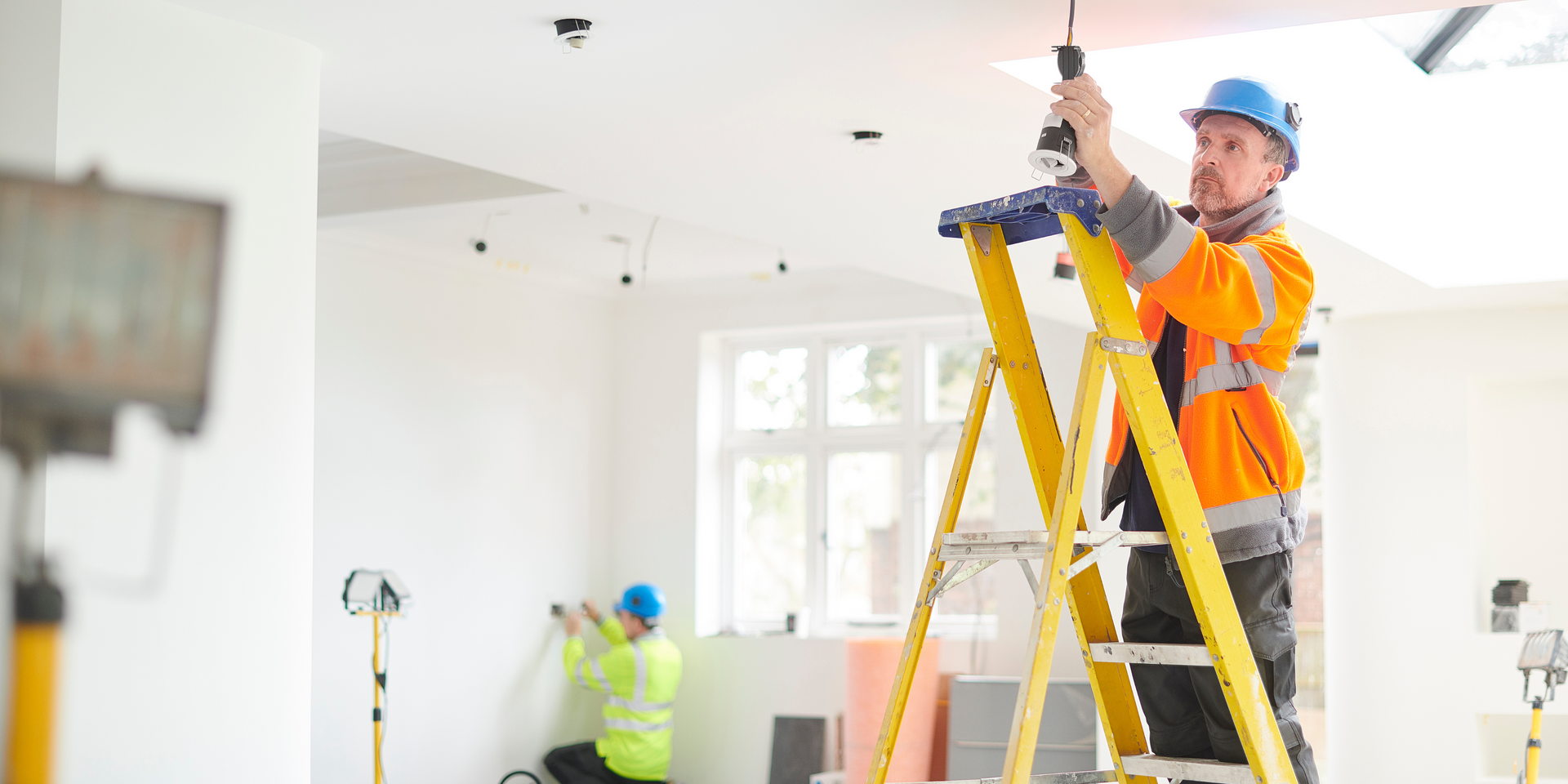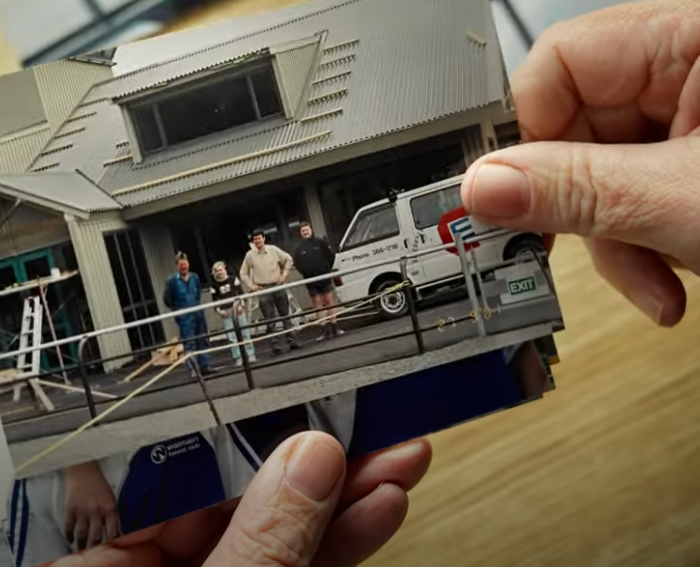Why Does My RCD Keep Tripping? | Christchurch Electrical
Why Does My RCD Keep Tripping? | Christchurch Electrical
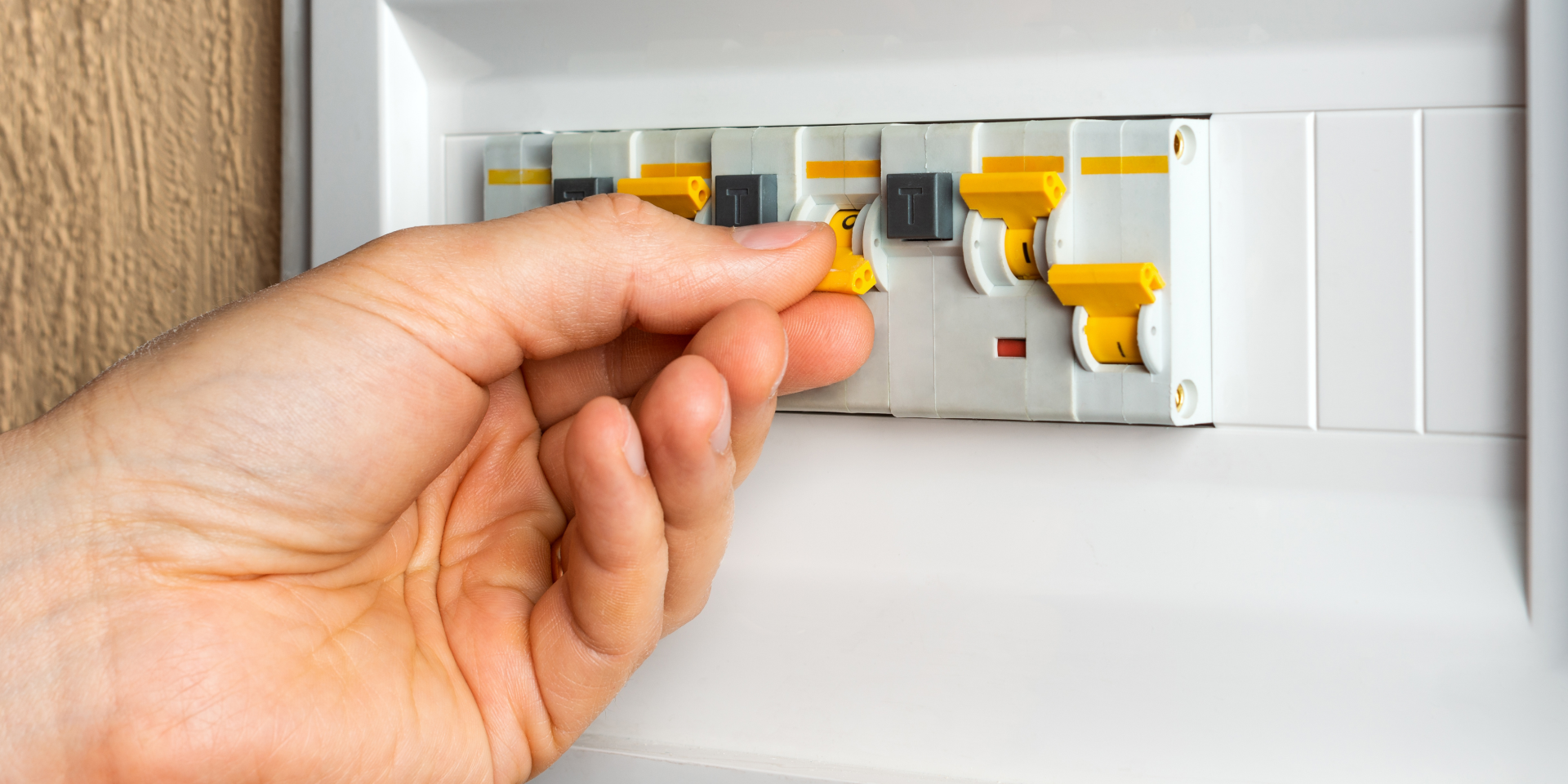
If your RCD (Residual Current Device) keeps tripping, it can be frustrating and worrying. An RCD is a safety device designed to protect you and your home from electrical shocks, electrocution, or even fire. When it detects a fault, it quickly cuts the power.
In Christchurch homes, especially those with older wiring or where dampness is common, RCDs can trip more often. Below we explain the most common reasons for an RCD repeatedly tripping and what you can safely do before calling in a qualified electrician.
What Is An RCD?
An RCD constantly monitors the flow of electricity in your circuits. If it detects leaking or unbalanced current – often caused by a fault, damaged wiring, or moisture – it shuts the power off. This rapid response is what helps prevent serious injury or electrical fires.
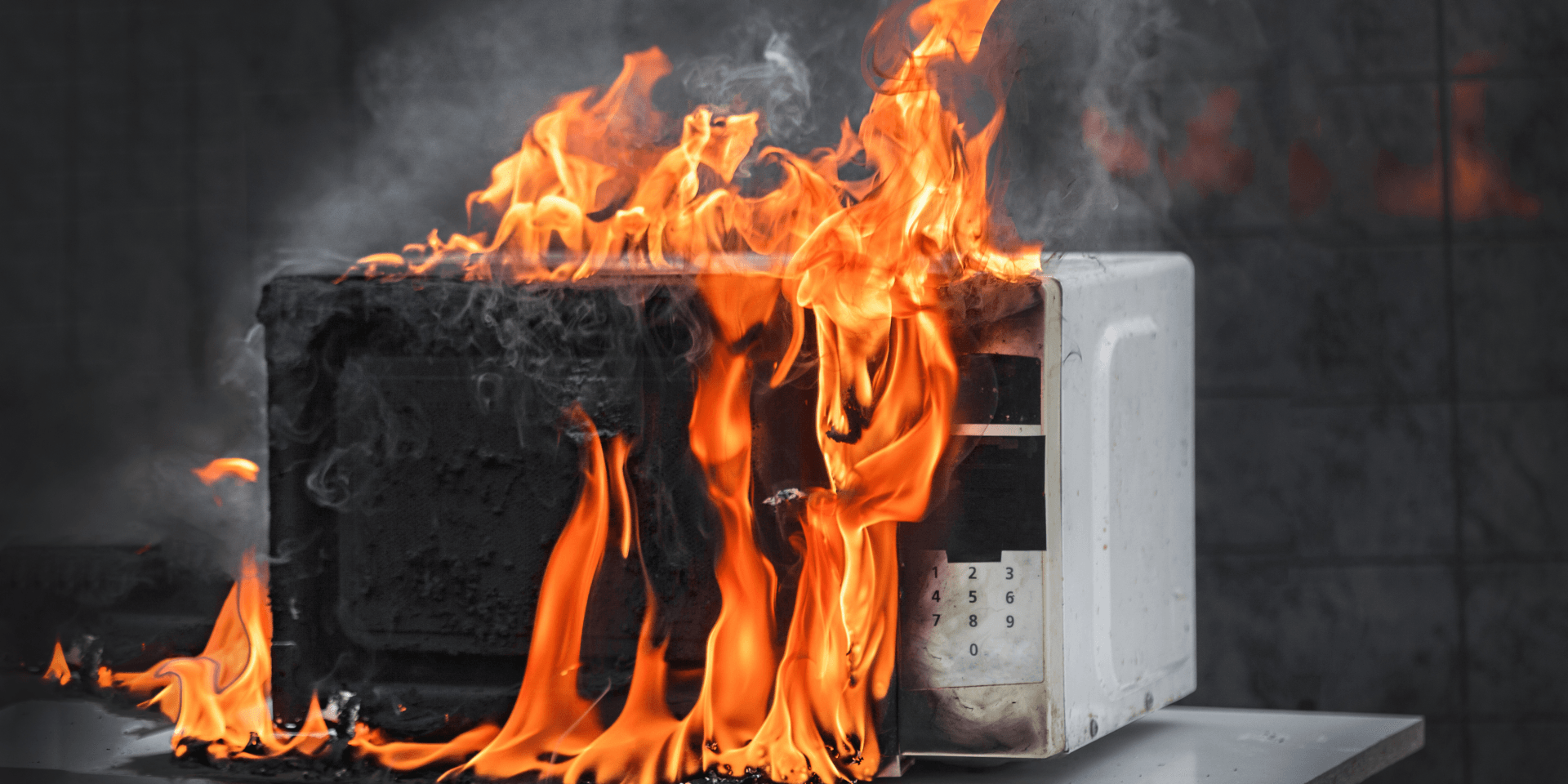
Common Reasons Your RCD Might Be Tripping
Faulty or Damaged Appliance
A single faulty appliance, such as a kettle, toaster, or oven element, can trigger your RCD.
What you can do:
- Unplug every appliance on the affected circuit.
- Reset the RCD.
- Plug in appliances one at a time to see which one causes it to trip.
- Replace or repair any faulty appliance.
Moisture or Dampness
Here in Christchurch, damp conditions or condensation can easily affect wiring, fittings, or outdoor circuits. Moisture creates current leakage that your RCD will detect.
What you can do:
- Look for water or condensation around the switchboard, outlets, or light fittings.
- Ensure the power is off before drying any wet area.
- Allow fittings to dry fully before retesting.
- Replace damaged components and resolve ongoing dampness.
Faulty Wiring
Christchurch’s older homes often have ageing or fragile wiring, which can deteriorate and leak current. This is not only inconvenient but can become a serious fire hazard.
What you can do:
- Do not attempt to repair or replace wiring yourself.
- Call Christchurch Electrical on 03 366 1718 to arrange a wiring inspection and safety report.
Faulty or Worn-Out RCD
Like any device, RCDs wear out. If your RCD itself is faulty, it may trip unnecessarily.
What you can do:
- Contact a licensed electrician to test the device.
- Replace it with a high-quality RCD that meets New Zealand standards.
Incorrect RCD Rating or Poor-Quality Unit
If the RCD installed is the wrong type or a low-quality product, nuisance tripping is more likely.
What you can do:
- Have your electrician check whether your RCD type and rating match your home’s circuits.
- Upgrade to a suitable, compliant model if necessary.
While You Wait for an Electrician
If you’ve checked appliances but your RCD keeps tripping, don’t ignore it. While waiting for an electrician:
- Avoid using appliances in damp areas.
- Switch off or unplug anything non-essential.
- If you have ongoing power loss and safety concerns, call our 24/7 emergency electricians on
03 366 1718.
Protecting Your Family and Home
An RCD that trips regularly is not just inconvenient – it can be an early warning of a serious fault. Treat it as a sign you need professional help. Whether it’s faulty wiring, dampness, or equipment failure, Christchurch Electrical can identify the issue and make your home safe.
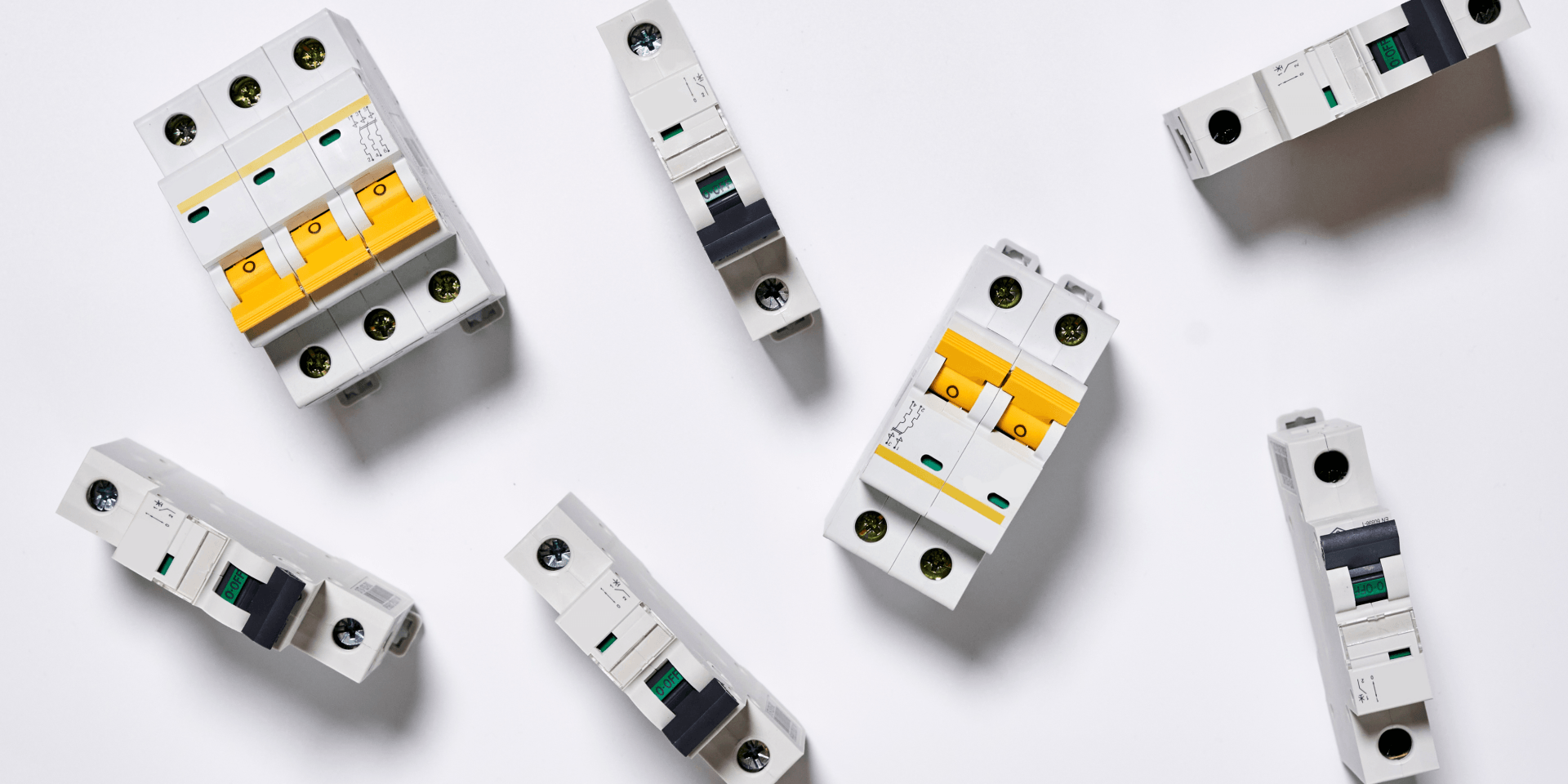
Frequent Questions - RCD's Tripping
Why does my RCD keep tripping?
An RCD may keep tripping due to a faulty appliance, moisture in electrical fittings, overloaded circuits, damaged wiring, or a worn-out RCD. Christchurch’s damp climate and older housing can make these issues more common. Always check appliances first and call a local electrician if you can’t find the cause.
How do I fix a tripping RCD?
Start by unplugging all appliances from the affected circuit, then reset the RCD. Plug items in one by one to find any faulty device. If the RCD still trips, look for visible moisture or damage. If these steps don’t resolve it, contact a licensed Christchurch electrician for further inspection.
Is it safe to keep resetting a tripping RCD?
No, only reset an RCD after checking for obvious hazards. Repeated or unexplained tripping means there may be a serious fault or risk of electric shock—always get a professional to check your electrical system if in doubt.
Why would my RCD trip randomly?
Random tripping often occurs due to intermittent faults, moisture ingress, faulty appliances, or wiring issues. Christchurch homes are prone to tripping after heavy rain or when using older appliances—prompt inspection by an electrician is advised.
How can I prevent my RCD from tripping?
Regularly check and maintain appliances, keep fittings dry, avoid overloading circuits, and test your RCD every six months with the test button. Always have repairs or upgrades done by a qualified Christchurch electrician.
If your RCD is tripping and you cannot find the cause, call Christchurch Electrical today on 03 366 1718.
We are available 24/7 across Christchurch for emergency callouts and electrical safety checks.
Share article:

